Computer History: From The Antikythera Mechanism To The Modern Era
In this article, we shed light on the most important moments in computer history, acknowledging the people that have contributed to this evolution.
TX-0, DEC PDP-1, The Hacking Ethic And Other DEC Computers
One of the first computers that used transistors was the TX-0 (Transistorized Experimental computer zero), or Tixo as the early hackers that interacted with it used to call it. It was built in 1955 at the Lincoln Laboratory, which was a military development lab that had a close relationship with the Massachusetts Institute of Technology (MIT).
The TX-0 was made for a single purpose: to test a much larger computer, the TX-2, which was so complex that its proper function could be verified only through the use of another computer. After the TX-0's job was finished there was no need for it at the Lincoln Lab, so it was sent to MIT's Research Laboratory of Electronics (RLE). The TX-0 quickly gained attention from MIT students and helped them dive deeper into the computing world.

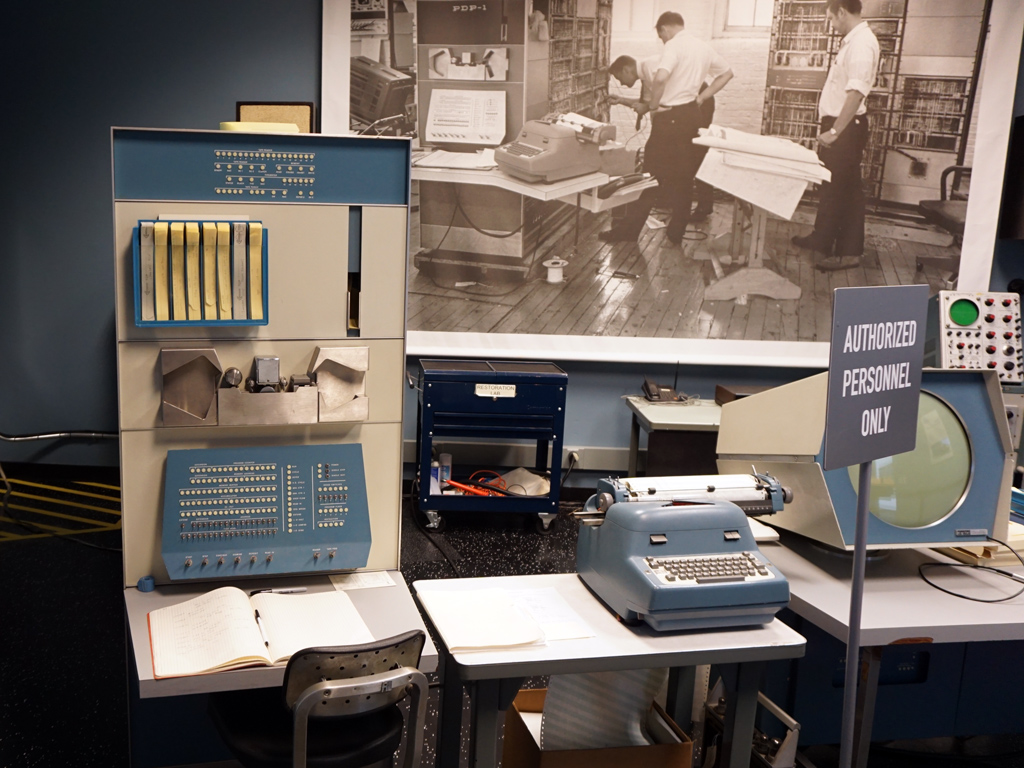
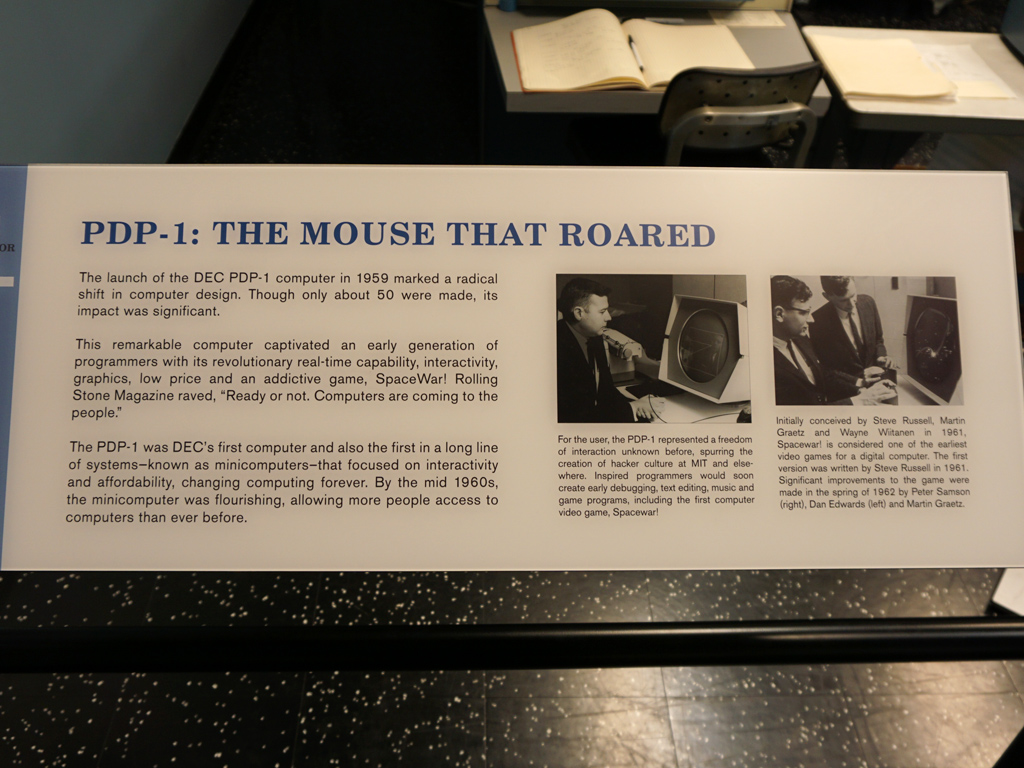
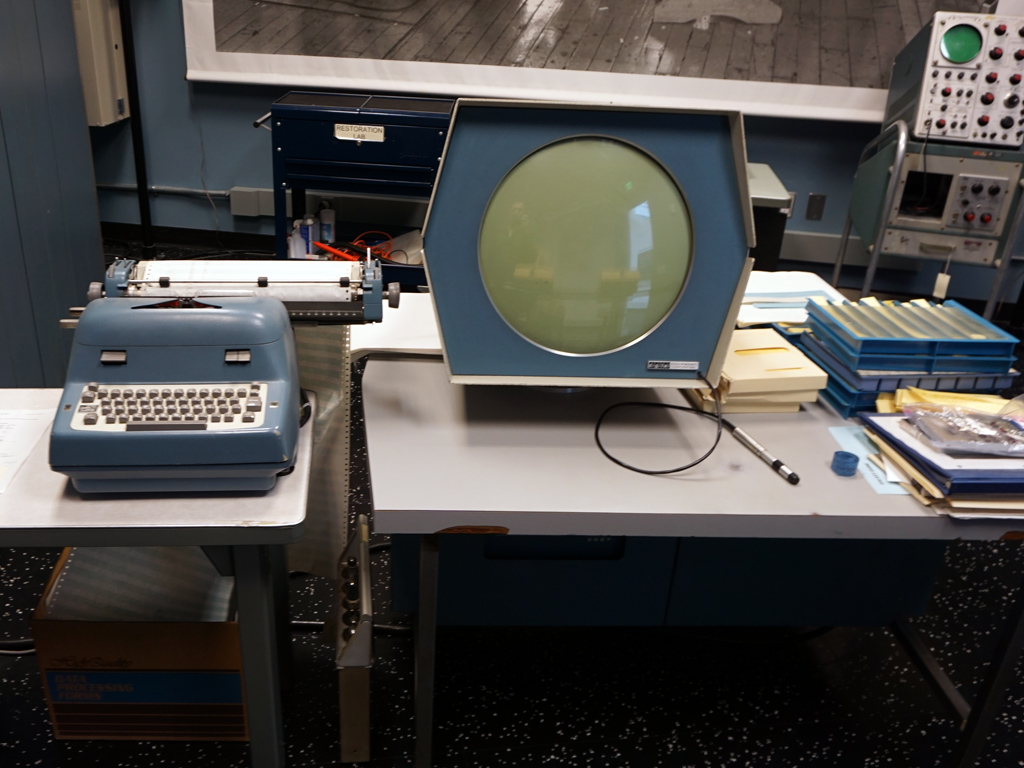

The PDP-1 or Programmed Data Processor, was the first member of the famous PDP line and was introduced by the Digital Equipment Corporation (DEC) in 1959. The second PDP-1 that DEC made was donated by the company to the RLE lab, and because it was easier to access than the TX-0, it helped the hacker culture thrive at MIT. We should mention that the first video game, the Spacewar! by Steve "Slug" Russel, made its debut in the PDP-1 in early 1962. Russel never earned anything for his video game, because the hackers in those days distributed their creations freely, because they believed that all information should be free.
Legendary hackers, or wizards, like Bill Gosper, Richard Greenblatt, Peter Samson, Alan Kotok, Steward Nelson, Robert Wagner and many more passed through the RLE lab. Their work and ideas formed the Hacker Ethic, which, in addition to free distribution of information, also encouraged group effort and collaboration among hackers.
Those early code wizards managed to build the first friendly programming environments that made computers more accessible to a wider portion of users, something that surely helped spread the hacking culture. Nowadays the word hacking is usually used to describe an illegal activity; but in the early computing days, the word "hacker" was considered a title that only a few talented and restless individuals managed to acquire.



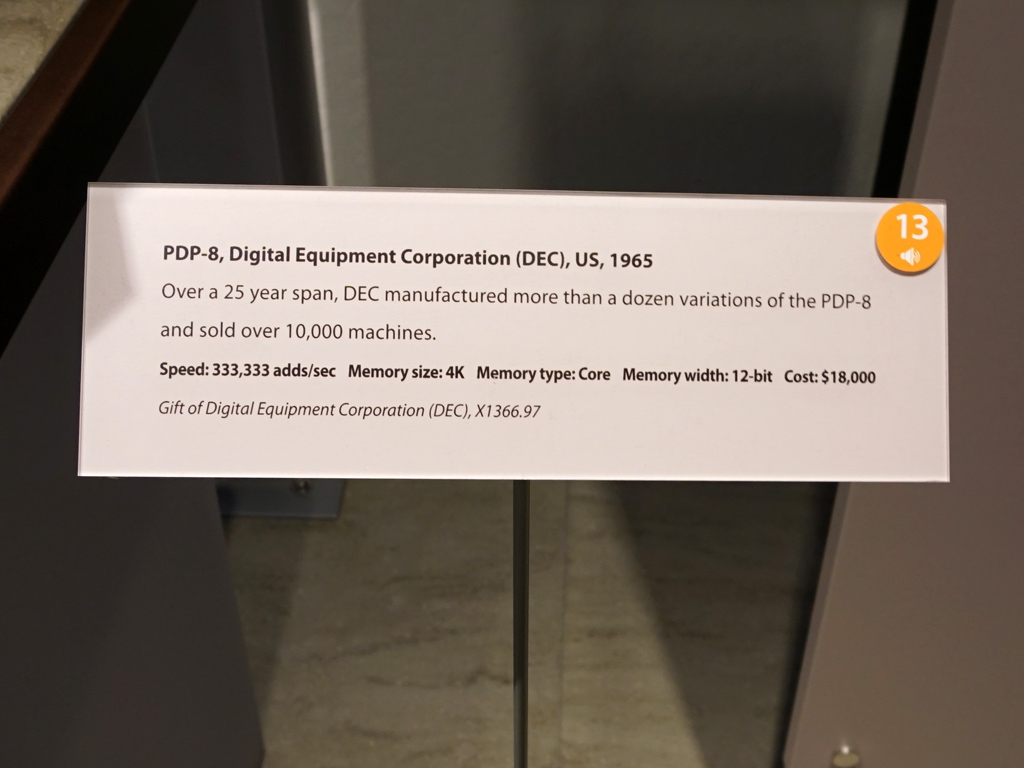

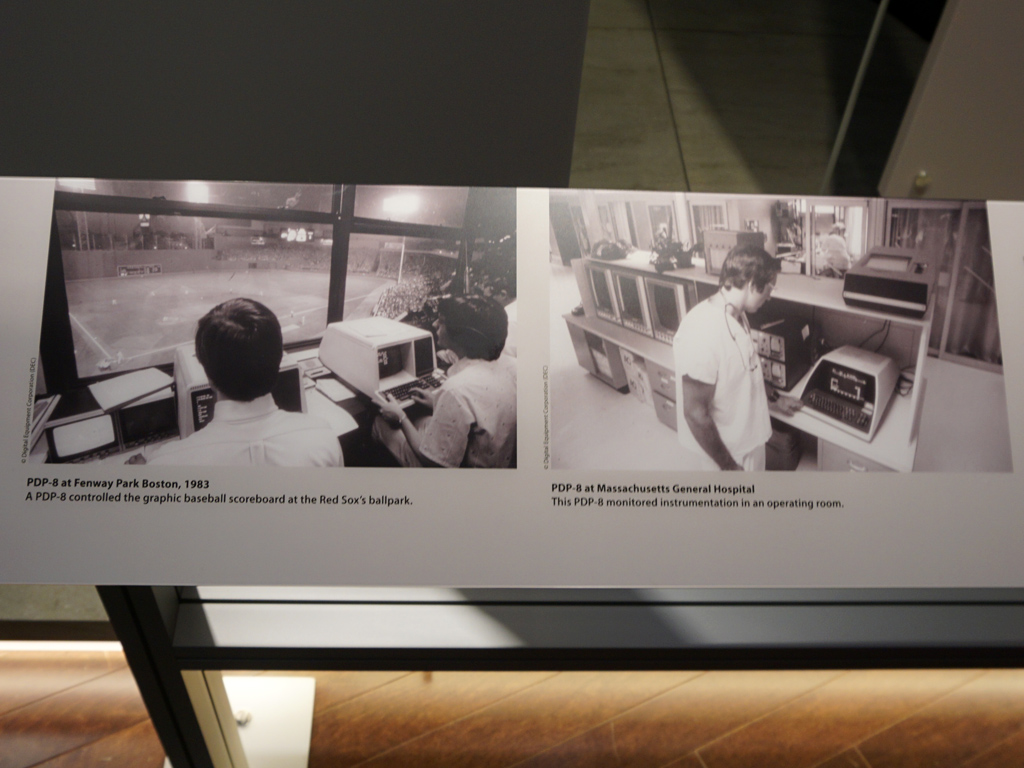
In addition to the widely know PDP-1, DEC manufactured other computers as well. These achieved huge sales and became highly popular thanks to their affordable prices, high performance and increased reliability. In the photos above you can see two versions of the PDP-8, which was produced in many variations and achieved 10,000 sales in a 25 year period. It was an affordable computer with an $18k price tag.






The models of the PDP-11 line could run the same applications (software) as the previous PDP computers and featured a clean architecture. The first models of this family were released in 1970 and the cost was close to $11k.
Get Tom's Hardware's best news and in-depth reviews, straight to your inbox.


Around the mid-1970s DEC decided to upgrade the PDP-11 architecture to 32 bits (from 16 bits) and also added a new virtual memory system. So the VAX architecture was born and the first computer that used this new architecture was the VAX-11/780, which hit the market in 1978. VAX systems were highly successful, and this architecture continued to evolve until the early 1990s.
MORE: How We Test Power Supplies
MORE: How To Choose A PSU
Current page: TX-0, DEC PDP-1, The Hacking Ethic And Other DEC Computers
Prev Page Semi-Automatic Ground Environment (SAGE) Next Page Cray Supercomputers
Aris Mpitziopoulos is a contributing editor at Tom's Hardware, covering PSUs.